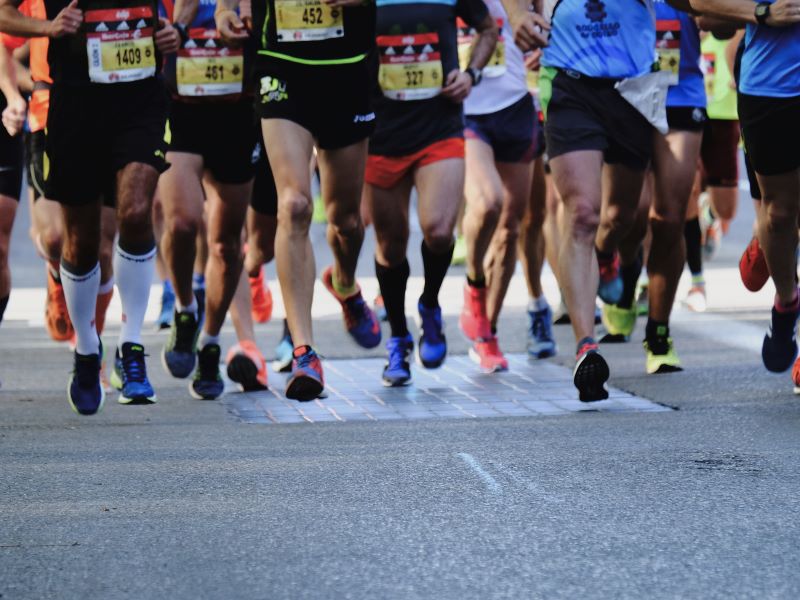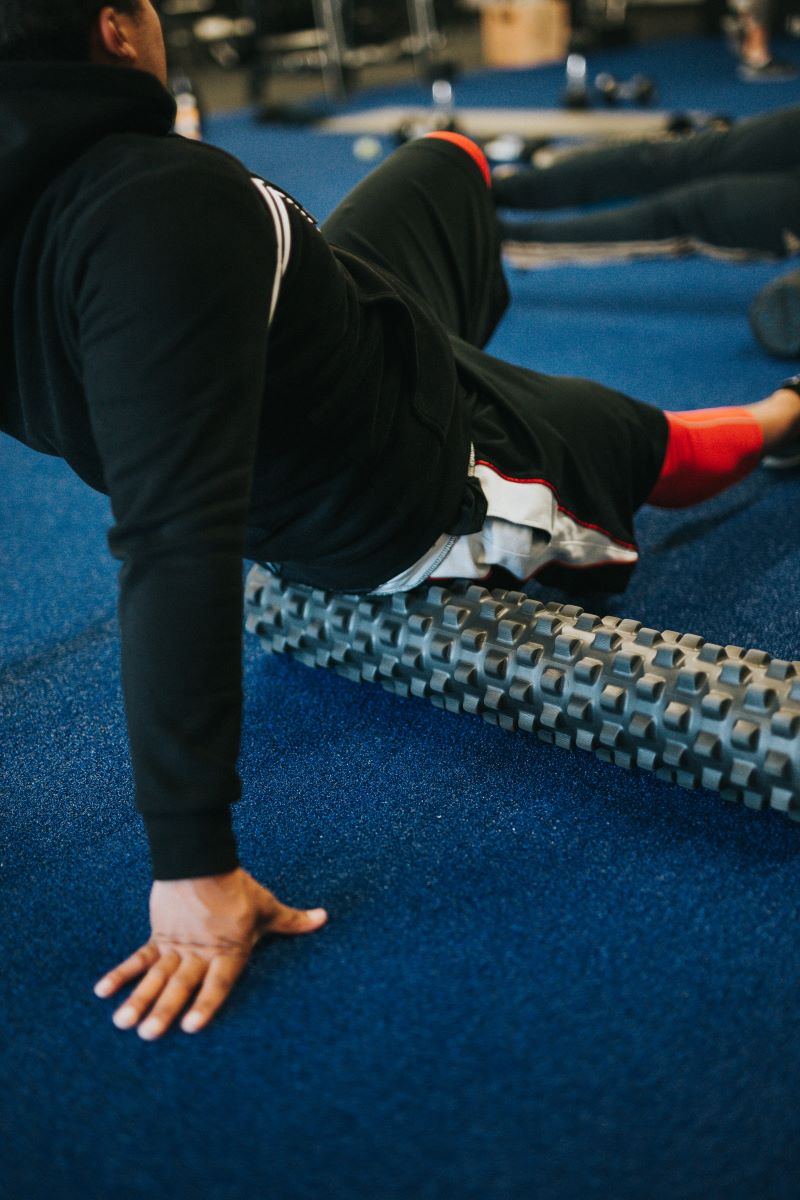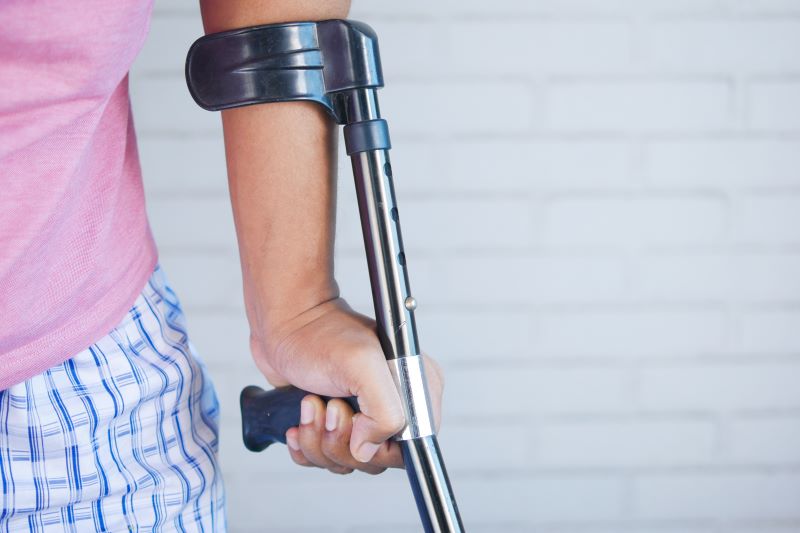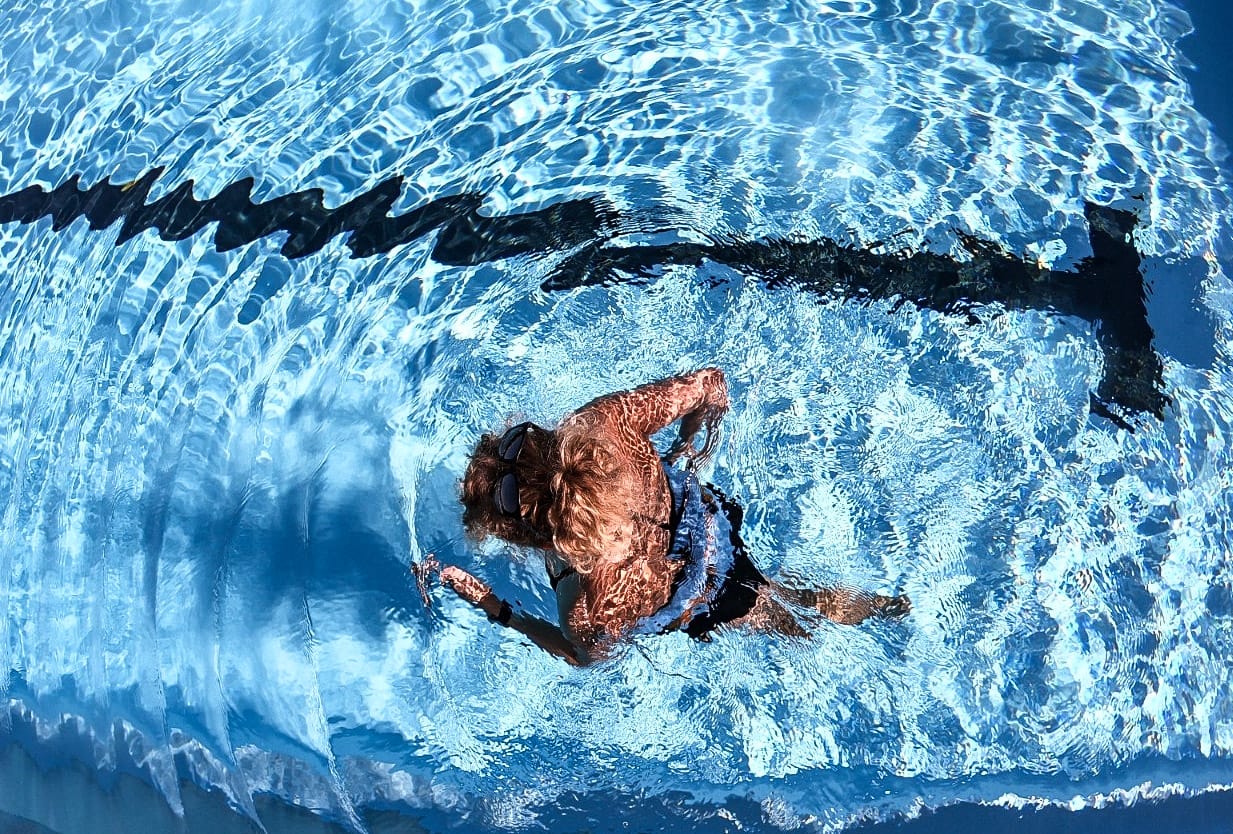Are you running too fast?
- Home
- Blog
Running too fast on easy runs - the most common mistake runners make
I’ve done it too many times.
I laced up my running shoes, and headed out the door with my coaches’ words in mind: “Heart rate should stay in zone 2.” But with the beep of my watch and a few steps into the run, they vanished into oblivion.
This was going to be a good run. Each time I checked my pace, I was surprised I was running well below 7:30min/miles because it felt so effortless. But each time I checked my heart rate, I would watch it climbing from zone 2 into zone 3 into zone 4 as I kept going, reminding me my coaches’ words.
Did it make me slow down? Not really.
Because it was much more fun to run fast. Because running slow just doesn’t feel like running. Because slowing down doesn’t get me into the flow state that I love about running.
Regret doesn’t settle in until a day later when I would take out my flats for a tempo session. As I lined up for the 1,000m repeats, my legs were heavy before even starting to run and the last 200m of each repeat felt like lactate was killing my quads. No matter how hard I ran, I wasn’t able to meet the times I was supposed to.
Long story short, it took me a while to understand that running too fast for easy runs doesn’t make me faster in the long run. And scrolling through Strava is proof enough that I am not the only runner who struggles to slow down. Keep reading to find out why this is a bigger problem than you think!
The most common mistake is running too hard on recovery days
Matt Fitzgerald, author of 80/20 Running, says that most runners make the mistake of running too fast for their easy runs. While 80% of your weekly training should be done at low intensity, he suggests that only 20% are supposed to be at moderate or high intensity. So, if you’re running five times a week, your heart rate should stay in zone 2 in four of these runs. The fifth run could be a tempo run or hard workout.1
This is why running too fast for easy runs will make you race slower
It’s a common misconception that only running fast will make you faster in races. In fact, it is the other way around.
High quality tempo workouts will give you the speed you need to race fast. But easy long runs will give you the fitness to keep up that pace for a longer time.
Now running too fast on recovery days will do two things. First, it will cost you too much energy which you could otherwise have used for a speed workout on the track. This means that your workout will lose quality as it will be much harder to meet the times you wanted to run. Secondly, running too fast for easy runs, with your heart rate above 80% of your maximum heart rate, might get you into the anaerobic zone rather than the aerobic zone. In this case, your body is producing more lactate than the body can break down and your legs will feel sore and heavy after or at the end of your run.2
Experts recommend a polarized approach to training, which means that you will either train in the aerobic zone (low intensity) or in the anaerobic (high intensity).1 Moderate intensity runs should be only a small part of your training, as it puts you right in the mid zone which trains neither your aerobic fitness nor anaerobic.
Low-intensity training is the foundation for speed work
Some people say that easy miles are “empty” miles that put you at higher risk for injury. This is only true to some extent.
If you are someone who likes to stick to running and avoids cross-training by all means, you need those easy runs to build up your basic fitness. Triathletes or someone who enjoys other endurance sports might consider recovery runs as useless as they can do their low-intensity training in the pool or on the bike. Any low-intensity activity will help build an aerobic base — your “fitness”.
To make sure that you are staying in the aerobic state, wear a heart rate monitor and aim for 60–75% of your maximum heart rate.3
The best runners of the world run easy on recovery days
When British missionaries built schools in rural Kenya, they did not know they were turning Kenya into the fastest nation of the world. Most students had to run to class every single day, which was essentially a low-intensity running program. Up until today, many elite runners from Kenya are known for running more than 80% of their training volume at an easy pace.1
It’s a similar story for most elite running teams in the US. Elite marathoners of the Mammoth Track Club even run 85–90% of their weekly mileage at an easy pace, says head coach Andrew Kastor.4
We get stronger on recovery days
Mozart once said that the breaks in between tones make the music. Just like that, we need recovery and rest days to bring harmony and balance into our training. So even if you’re feeling like you could run the race of your life when your training schedule says “4 miles easy”, you should stick to it. Remember, running your easy runs easy will shave off those 5 seconds you need for a new PR.
References
1 Fitzgerald, Matt. 80/20 Running: Run Stronger and Race Faster by Training Slower. Penguin Books, 2015.
2 Jeff, Coach. “Want to Run Your Best? Understand Aerobic vs. Anaerobic.” Runners Connect, 1 June 2020, runnersconnect.net/aerobic-vs-anaerobic-training/.
3 Russell, Sarah. “Are You Sabotaging Your Long Run Running the Wrong Pace?” Runners Connect, 9 May 2016, runnersconnect.net/wrong-long-run-pace/.
4 “How Running Slower Makes You Faster.” On, www.on-running.com/en-de/articles/how-running-slower-makes-you-faster-marathon-training-tips.
Post Tags
About The Author
I did my first triathlon on a pink kid’s bike with training wheels at six years old. That’s where my love for the sport was born, but it took another decade until I figured out that I wanted to combine my passions for sports and writing.
Disclaimer
All resources and information shared on this website are only for informational purposes and aren’t intended to diagnose, treat, or cure any condition or disease.














